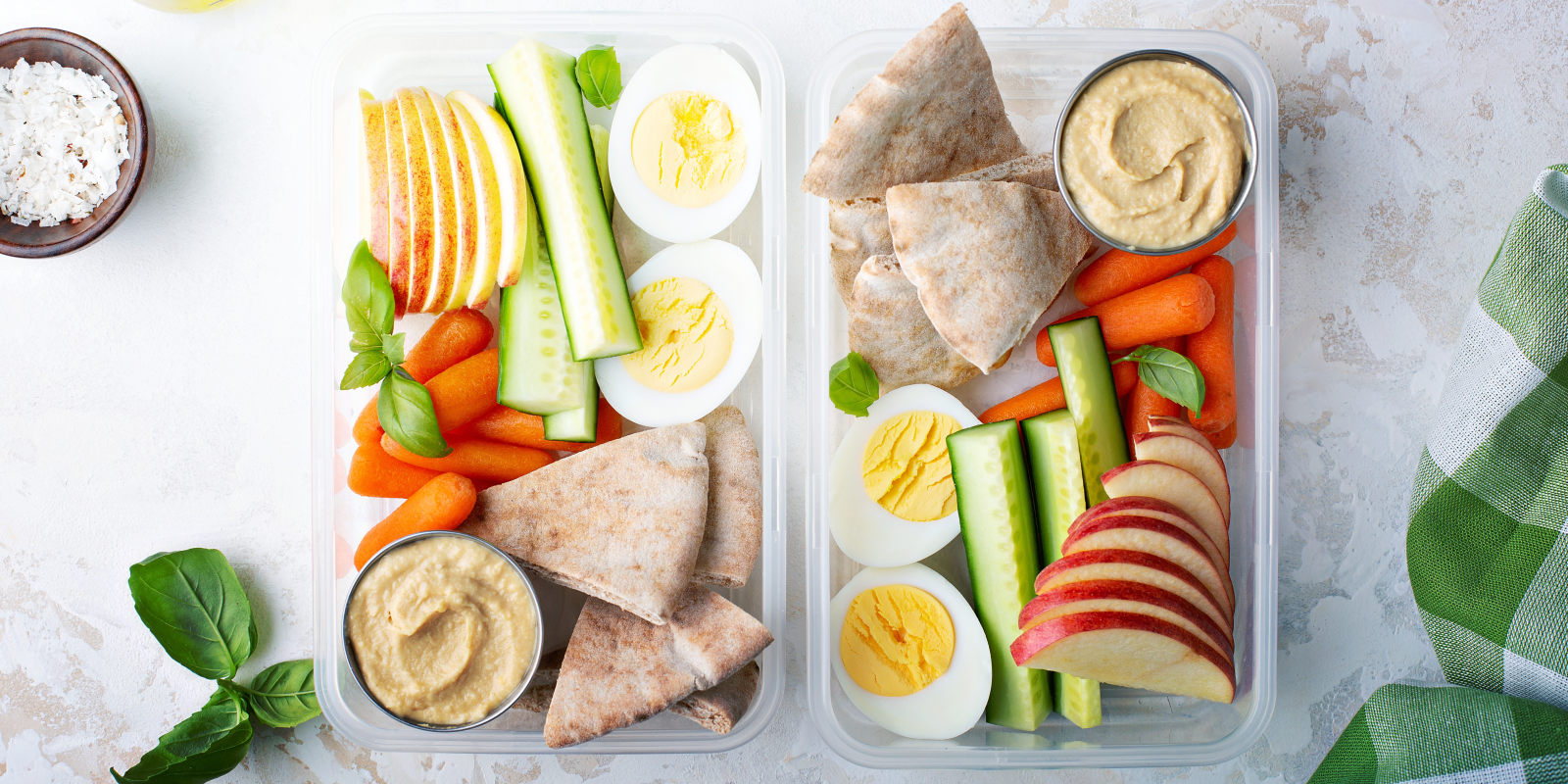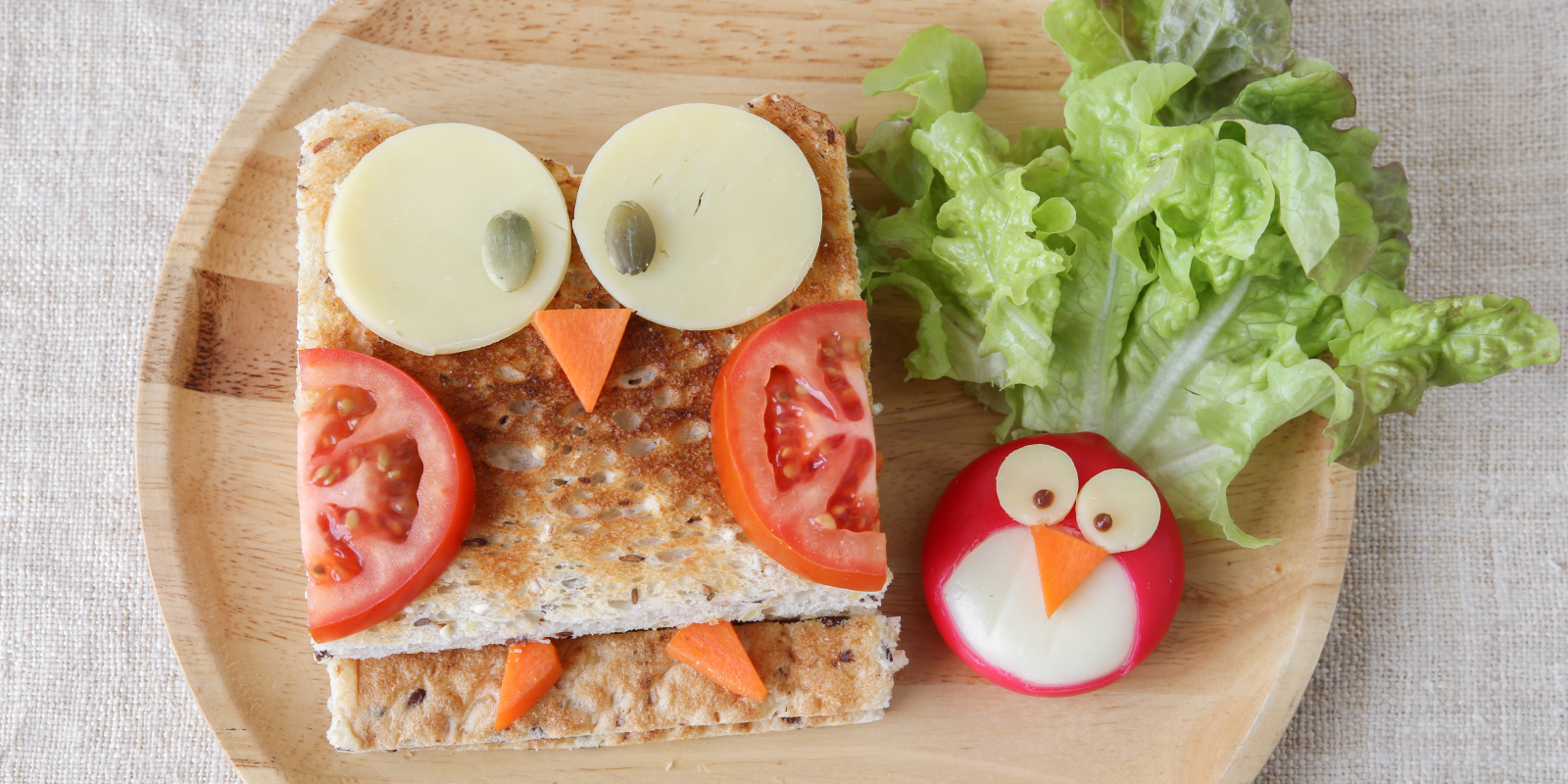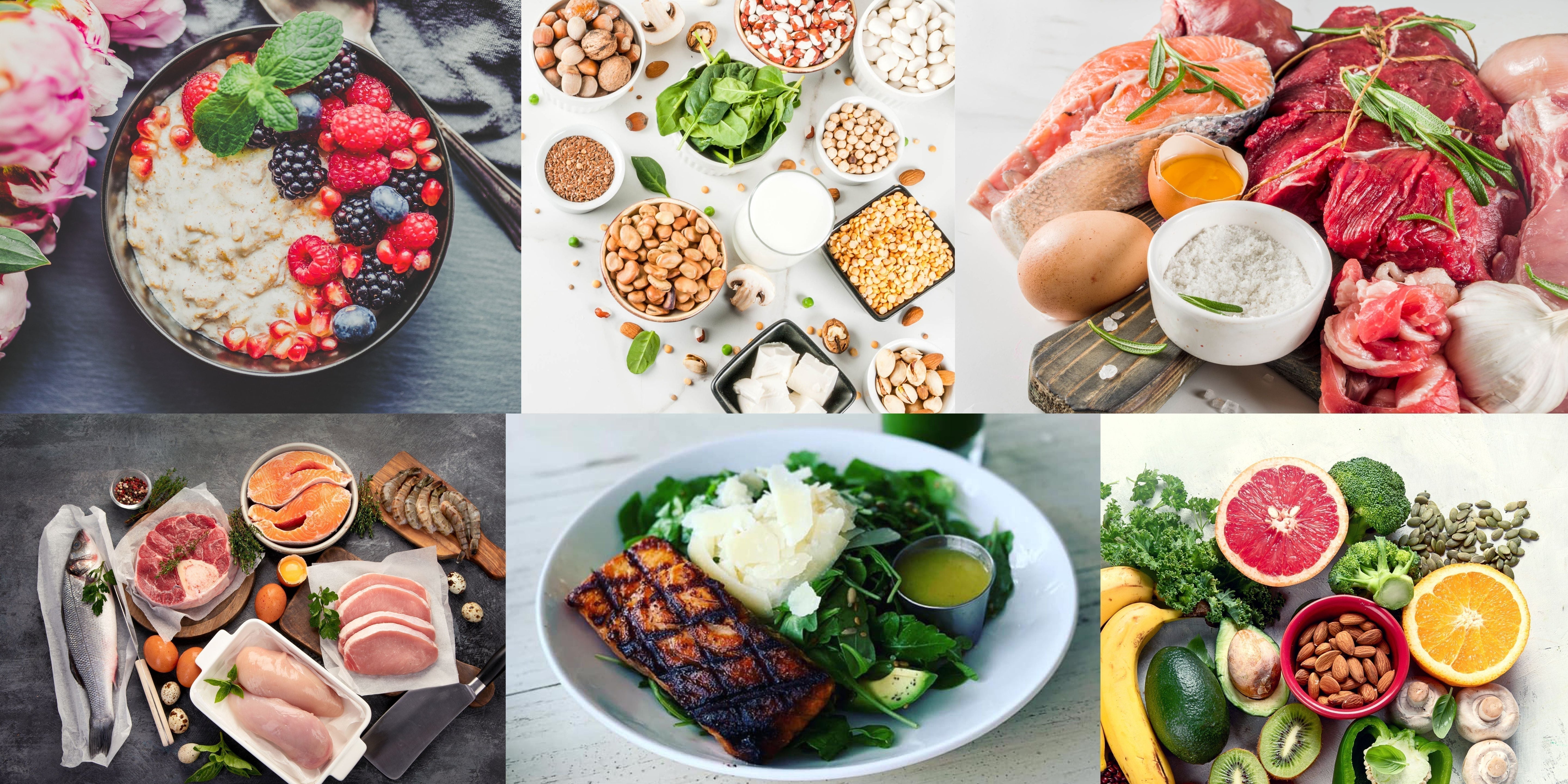
Kids are just mini-humans, so they should be able to eat the same foods as us adults, right?
Unfortunately the answer to that is yes and no. Feedings kids can be more nuanced and difficult to get them to eat the right foods in a world of highly marketed, highly palatable, and addicting fast food and kid snacks. If you asked most parents to name off common snacks for children, you may hear things like fish crackers, gummies, fruit squeezes, mandarins, and peanut butter and jelly sandwiches. A lot of foods that are associated with kids are carb-heavy and usually sugary, which can create a higher desire to eat snacks over meals. This is where every parent's battle begins.
The trick is to start feeding your kids a wide variety of healthy foods while they are young and their palates are being formed. The five flavors, sweet, salty, umami, bitter, and sour, all have their place and have various benefits for the body. I have known young children who ask for their fishy cod liver oil straight because they recognize that it is good for them and they are used to the flavor. A lot of the problem with our taste buds start in childhood, where the flavor of sweet dominates. If we can be consistent in including a little bit of all the flavors daily, we can maintain a healthy enthusiasm for foods of all kinds.
The 5 Flavors and Their Benefits:
Sweet - Most carbohydrate rich foods are naturally sweet. And just because they are carbohydrate rich, doesn't mean they are bad for you. Fruits like apples and berries are sweet, and other starches like sweet potatoes can have valuable nutrition in the form of fiber and antioxidants. They help provide fuel for the body.
Salty - Salt helps foods taste great and is a key part in keeping our bodies supplied with enough sodium to work properly. Sodium is a key electrolyte that helps with hydration, fluid balance, and energy levels.
Umami (think meaty) - Umami is a hard flavor to describe, but generally it is thought of as meaty tasting or savory. Meat is a good source, but the umami flavor is also attributed to things like soy sauce and mushrooms.
Bitter - Salad greens, chard, collard greens, arugula, dandelion. Bitter helps to get digestive juices flowing, like saliva and stomach acid. Consuming bitter foods periodically can also help to counteract the desire for only sweet.
Sour - There are a variety of sour foods that have different benefits. Lemons and limes are great for hydration when added to water, they are rich in vitamin C and alkalizing to the body. Grapefruit is a sweet/sour fruit that is fun to eat and contains antioxidants. Vinegar adds complexity to dishes and salad dressings. Fermented foods, like sauerkraut and milk kefir, lend a sour flavor with probiotic and enzyme benefits. Like bitter, including sour foods in your child's diet can help to curb the ongoing craving for sweet.

Feed A Variety of Whole Foods
Our bodies are designed to run on whole foods, just as God made them. Unfortunately some of the most processed foods are marketed to kids with flashy characters. Kids don't need sugar and refined grains (aka cereal) first thing in the morning for breakfast. While a lot of factors can go into temper tantrums, I think for a lot of kids today, the overabundance of sugar in everything and the ups and downs in blood sugar that it causes has a lot to do with mood changes, aka tantrums. That doesn't set them up for a day of learning at school and can affect mood and energy levels. Often times children love those cute, orange fishy crackers, but unfortunately, they make meals less attractive and less likely to be eaten and can contribute to tartar build up on the teeth. It is very beneficial for kids' jaw development to eat harder foods (age appropriate) like carrots, apples, and to chew meat instead of eating soft foods that dissolve in the mouth. Processed foods are also lacking nutrients in a time where nutrition is needed the most: during periods of rapid growth.
There is so much advice out there it can be hard to figure out what to prioritize. Focus on healthy fats, proteins, and carbs as much as possible, with a balance between each. Proteins help build muscles and bones and contribute to the growing body structure. Fats support the brain, cell membranes, and burn slower, helping to provide long lasting energy and to minimize snacking between meals. Carbohydrates provide fiber, antioxidants, exercise for jaw development (fruits and veggies), quicker burning fuel, and calories.
Some examples of healthy whole foods:
Proteins - grass-fed beef, pasture raised turkey or chicken, whole eggs (eggs contain choline which are used to make acetylcholine, which is a neurotransmitter involved in memory and learning)
Fats - coconut oil, tallow, butter, ghee, olive oil (best not cooked). I would avoid avocado oil, as it is often cut with other oils.
Carbs - fruits of all kinds (berries, melons, apples, pears, etc), veggies: carrots, cucumbers, broccoli, asparagus, beets, etc., soaked / sprouted whole grains cooked well with lots of water, sourdough breads, beans/lentils occasionally

Involve Kids in Meal and Snack Prep
Kids love to help out parents when it is quality bonding time. Including them in age-appropriate meal or snack prep increases their chance of eating it and helps them feel like they have a say in what they eat. For younger children, make sure to give them some options to choose from. Washing fruit or veggies is a great first step. Including your kids in meal planning for the week as far as breakfast, lunches and snacks, can be helpful, and then you as the parent can select dinners.
Meal and Snack Ideas
- Check out our Strawberries and Cream Gummies recipe - with goat milk and cream, fresh fruit, and gelatin. These chewy treats provide a fun texture and a great snack.
- For a sweet treat with less sugar, more minerals, and some protein from collagen, check out our Mineral Boosted Fudgesicles.
- Cook up some eggs in a hole for a fun treat! Start melting butter in a small pan. Butter both sides of a piece of real sourdough bread. Cut out a medium size hole in the middle of the bread slice, large enough to fit a cracked egg. Place the bread in the pan and crack the egg into the hole. As the bread starts to caramelize and when the egg is ready to flip, flip it over and cook until cooked through. Serve with some fresh fruits and some bacon or breakfast sausage for more protein.
- Kids love finger foods! Skewer some seasoned chicken alternating with chunks of bell peppers, zucchini, and onions, and serve alongside a fun and tasty dip!
- Scrambled eggs with greens cooked with ghee can be a great start to a morning. You can even cook up bite sized pieces of roasted sweet potatoes sautéed in ghee and seasoned with cinnamon, salt, or apple pie spice.
- Berry Smoothie with a mix of frozen berries (strawberries, blueberries, blackberries, orange juice (optional), goat milk, goat cream (for extra creaminess!), and a scoop of protein powder if desired.
- Pumpkin spice muffins with coconut flour and tapioca flour can make a tasty treat with melted ghee on top.
- Serve up a new twist on healthy pizzas by using butternut squash as the crust! Select a very large and wide butternut squash. Slice it into thinner rounds, about a centimeter thick. Brush it with coconut oil or ghee and roast in the oven. (You can find some great instructions on the temperature and timing online) Cook up some ground beef in a pan with small pieces of red pepper, onions, kale, pizza sauce and your favorite seasoning (I like something garlic based). Once the meat and veggies are cooked and the butternut squash slices come out of the oven, top with the meat mixture, cover in shredded cheese, and cook in the oven until cheese is melted. Alternatively, you can just cover the butternut squash rounds with cheese and make faces with olives, peppers, pepperoni, etc.
Be creative, include whole foods, and don't forget to make it fun!






Share:
Frozen Lavender Lemonade Refresher
Tropical Citrus Recharge Pops